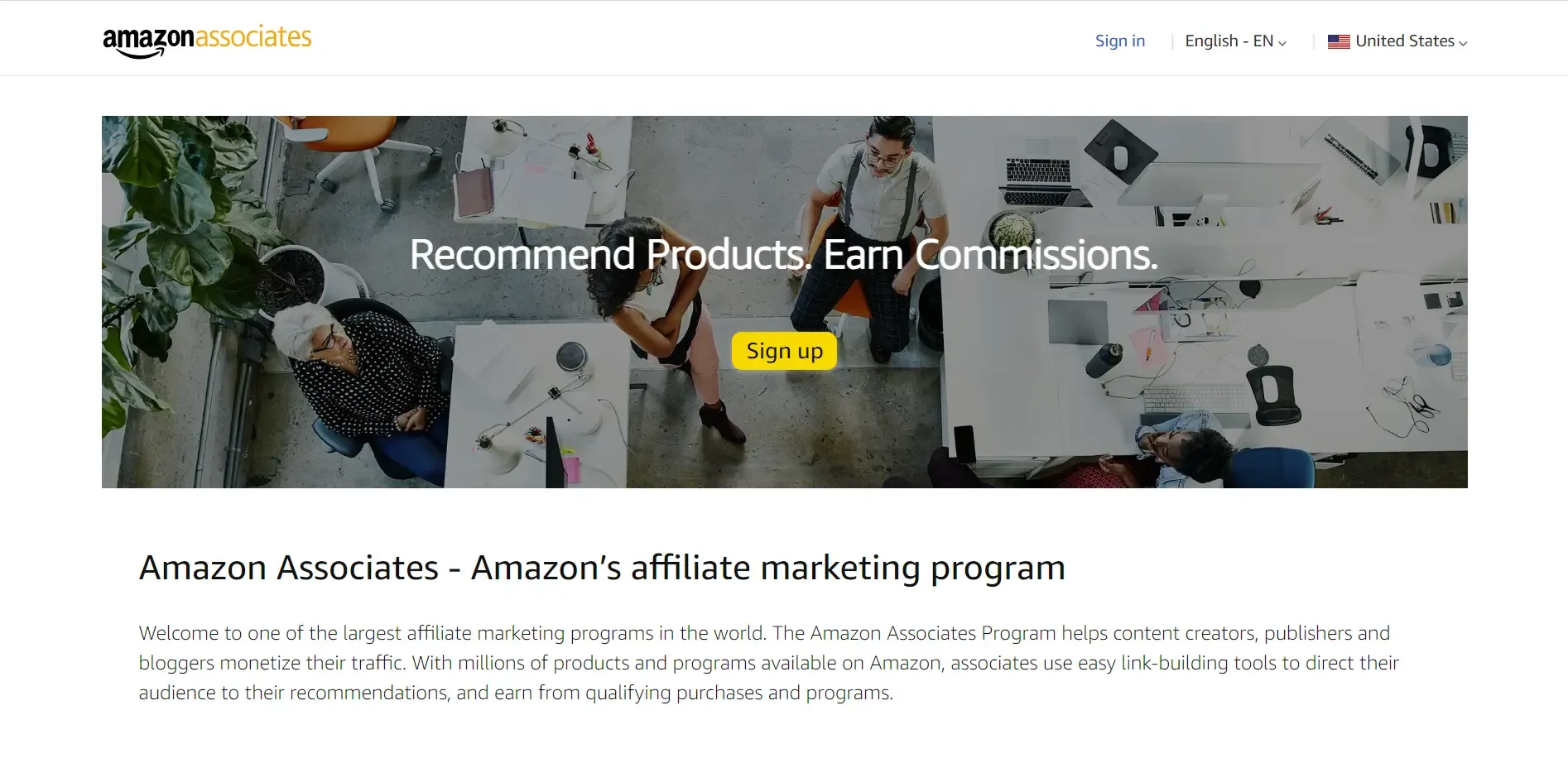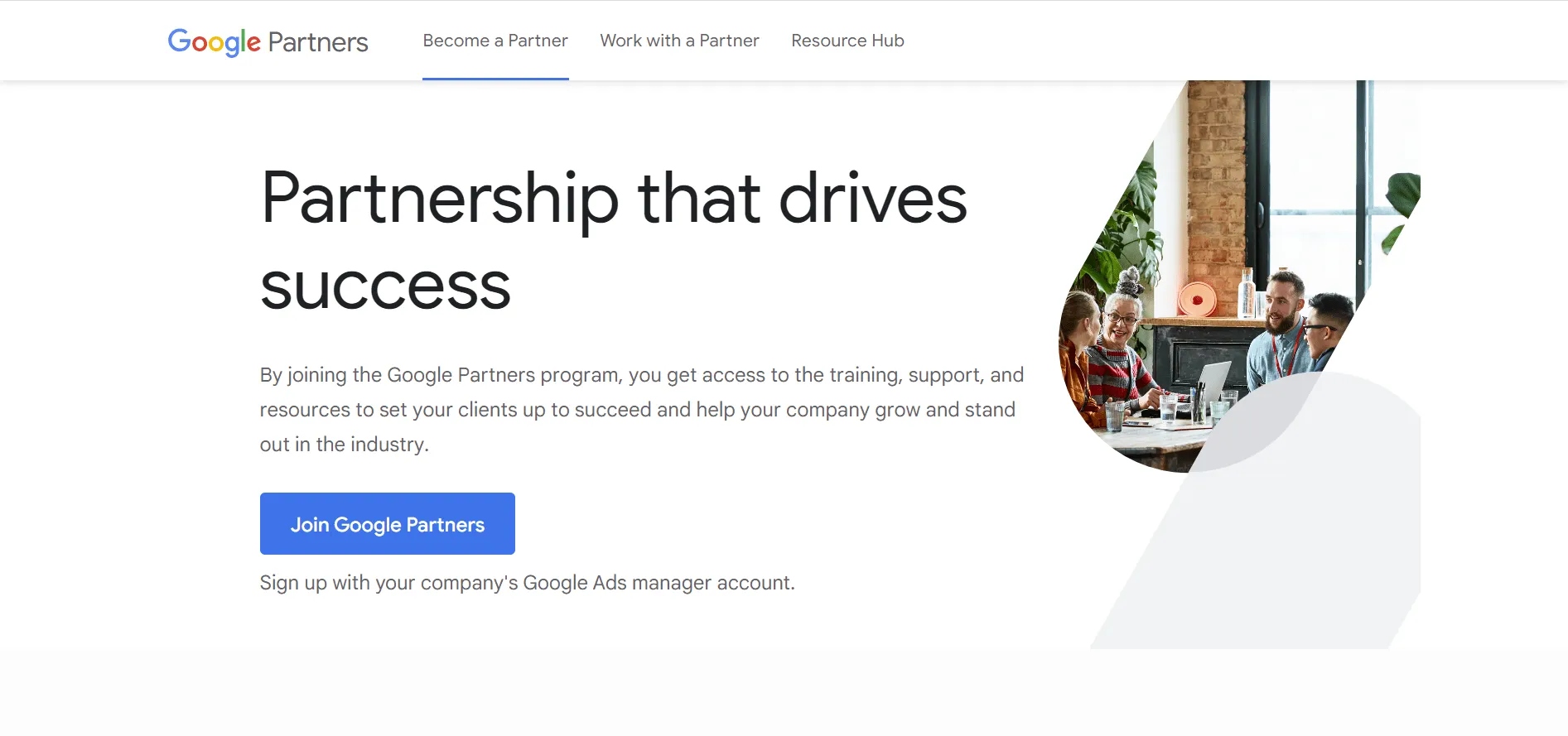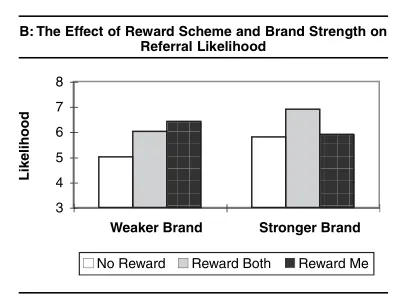12 Terms You Need to Know Before you Launch a Referral Program
When it comes to referral programs, terminology can quickly become confusing, not to mention contentious. A debate on the difference between an affiliate program and a referral program has actually been known to start a fistfight.
Ok, so maybe that isn't quite the case, but the difference has at least sparked many debates on online forums, often with little consensus being reached.
This guide is a living document that will first set some basic referral program definitions and then grow and evolve as new terms come out.
How to use this referral program terminology guide:
Like a Keener: Hey, we all know the type that just wants to know everything (says the person writing a terminology guide for referral programs). Feel free to read top to bottom and share this article with your friends to show what you just learned!
Like a Boss: Press ctrl-F, or cmd-F for my fellow mac users, and type the word you are looking for. We know you have things to do, so get in and out of here as fast as you can.
We will start with a softball here, or at least what we wish was a softball.
- - - - - - - - - - - - - - - - - - - - - - - - - - - - - - -
1. Referral Program
A referral program is any systematic way that your company encourages people to tell other people about your product or service.
It is important to note that a referral program is an overarching concept and not a specific type of program. This means that things like affiliate programs, customer referral programs and partner programs are all referral programs. In polite conversation, it isn't worth getting into the details. When growing your customer base, picking the correct variation is crucial as it could be the difference between success and failure.
It's like a rewards program for telling your friends about something awesome, by getting a reward (most often in the form of a discount or freebie) for referring someone to a company's product or service.
So if you think your friends would love whatever product or service you're referring them to, it's a win-win. You get a reward and your friends get something great! It's like getting paid for being the best marketer ever. So, who doesn't love that?
2. Referrer
A person who refers another person.
These are the people that are recommending your product or service to others. They can be users, resellers, affiliates, partners or any other program-specific term you choose to use.
Think of them as the ultimate word-of-mouth marketers! They get rewarded for referring others, but more importantly, they help spread the word about what you have to offer.
So don't forget to thank your referrers and show them some love – because without them, you wouldn't have a business! That's why they're sometimes referred to as 'the lifeblood of your business'.
3. Referee
A person who was referred by another person.
These are the new customers you are acquiring from your referral program. They can be paying customers, non-paying customers or even other people who signed up to your referral program.
The term Referree is just a fun way of saying “the person who was referred.” So the next time someone mentions referrees, you know what it means! Pretty cool, right?
But be warned, they may come with a few strings attached. They might expect special treatment or freebies in return for their referral, so you better be ready to make some deals! That's why it pays to have a good referee on your side. It can help make sure things are fair and that everyone gets what they deserve in the end.
4. Customer Referral Programs (A.KA. Refer a Friend, Tell-a-Friend, Tell-A-Pal, Social Referrals)

Customer Referral programs are programs designed to specifically motivate your existing customers to help you find new customers.
Customer referral programs are extremely powerful because when an existing customer recommends their friends to your company, they are transferring the trust their friend has in them to you. This is why a friends recommendation is the only form of marketing that directly produces purchasing behavior.
One of the best known online customer referral programs is the Dropbox customer referral program. Dropbox rewarded both their existing customers and new customers with additional storage space when a new customer signed up for the service. This program had a very low barrier to success, friends just had to signup for a free account, but it was very effective at propagating the company's freemium product.
If you have a customer referral program, be sure to market it on all your communication channels. Promote the program in emails, blog posts, social media posts, advertisements and anywhere else where customers may see it. You should also make sure it is easy to use and understand so that satisfied customers can easily share it with their friends.
5. Affiliate Programs

Affiliate programs are referral programs that reward third parties, typically with cash, when new customers signup for your product or service as a result of their referral.
These programs can be effective when you have a collection of powerful influencers who have the ability to refer your product on a large scale (blog, podcast, etc...) or a community of consultants who work directly with your target customer base. With a monetary incentive, these individuals have a reason to refer your product over someone else's.
Probably the largest and best known online affiliate program is the Amazon Affiliate program. You can see below that they have changed the name of the program to "Amazon Associates" because the term "associates" better reflects the collaborative relationship between Amazon and its affiliates. Rather than simply referring to a one-sided marketing effort, the term emphasizes a partnership where both parties work together to promote products and share in the revenue. This rebranding aligns with Amazon's customer-centric approach and underscores the value they place on the contributions of individual affiliates in their broader marketing strategy.
6. Partner Programs

A partner program is a referral program that rewards certified third party vendors of your product or service with rewards such as cash, recognition and advertising.
Partner programs typically have a much more rigorous admission process than affiliate programs and come with some legal obligations. The admission processes can include paying fees, going through a certification program and/or attending training sessions. Due to this rigorous process partners are able to state officially that they are associated with your company and may be listed on your company website as a way of vouching for them.
The Google Partners program has a very active partnership structure where partners must complete milestones throughout the certification process to move from one level of partnership to another. This is done to protect both Google and Google's customers by ensuring only top-quality companies are listed as partners.
In short, partner programs are an excellent way to recognize and reward the best third party vendors of your product or service. And if you get it right, you’ll have a loyal and dedicated group of resellers that can help grow your business!
So don’t be afraid to partner up! It just might be the best thing you ever did for your business.
7. K-Factor
A K-factor is a measure of how viral your viral loop is.
If your viral coefficient is higher than 1, every new user you add to your system will add at least 1 other user and so on. Technically, when you have a K-Factor of 1 or greater you have a viral application. The reason this is so desirable is that if you did nothing else to market your product your customer base would continue to grow as long as your K-Factor remained above 1.
If you don't have a K-Fact of greater than one don't worry about it, it's a pretty hard thing to do.
Most apps struggle to break the 1 K-Factor barrier for very long, but if you do manage to get it above one, congratulations! You’re officially in the viral club and can sit back and watch as your user base continues to grow without any additional effort. Just don’t forget to keep an eye on your K-Factor, because sustaining it can be a challenge!
For those of you looking for the math, the simplified version of calculating your K-Factor, or rate of virality is:
I = Number of Invitations
CR = Conversion Rate
I x CR = K = Viral Coefficient
8. Viral Loops
A viral loop is a mechanism that has users refer others to your product or service and then ultimately turns those referees into referrers through the same mechanism.
Some example viral loops are:
- Users inviting others to collaborate together in a project management tool,
- A discount earned for each new users who registers,
- Users sharing their progress in a game.
Basically, the idea is that a user gets something by referring another person and then that other person will do the same. It's like a chain reaction—the more people that are referred, the more people refer others, creating a “viral” effect.
It's kind of like an old-school pyramid scheme but with a modern twist. The key to making a viral loop successful is to make sure the value received by referrals is much higher than the cost of acquiring new users.
So, bottom line? If you want your product or service to become truly viral, look for ways to create an irresistible referral mechanism that’s easy and rewarding for users to share with others. Who knows, you could be the next viral sensation!
9. Organic Viral Loop
Organic viral loops are viral loops that occur naturally through the regular use of your product or service.
Inviting a co-worker to review a plan in a project management tool is an example of a organic viral loop. This is organic because in project management, it is required that others can view and collaborate on a project and in turn, the invited user will likely invite others to the project as it grows.
Organic viral loops are considered extremely hard to build into a product or service after it already exists. This is why authors like Seth Godin encourage you to include organic viral loops into your application in the initial design phase.
In short, organic viral loops are natural occurrences that happen when users take advantage of a feature or function of your product or service, thus helping spread and promote it. When done correctly, organic viral loops can be great for spreading the word about a product or service with very little effort.
So next time you're designing your application, keep an eye out for potential organic viral loops and put them to work!
10. Artificial Viral Loop
Artificial viral loops are viral loops created exclusively to encourage a viral loop and do not add to the natural use of your product or service.
Reward a customer with $20 credit for every friend that registers for your service is an example of an artificial viral loop. These are far more common than organic viral loops because there are many product and services where organic viral loops are not possible. Artificial and organic viral loops are not exclusive.
In other words, an artificial viral loop is like a turbocharged version of a word-of-mouth marketing strategy – but with one key difference: it’s done on purpose! Instead of relying solely on customer satisfaction and loyalty, artificial viral loops use incentives to encourage more people to talk about your product or service.
In the end, it’s all about getting a bigger bang for your buck!
11. Rewards | Single-Sided vs Double-Sided
Rewards are what participants in a referral program earn on successful completion of an artificial viral loop.
A key part to the success of an artificial viral loop is picking who to reward. Programs typically reward either the referrer (reward me) or the referrer and the referee (reward both).
Studies have been done on this subject and have found that one-sided rewards (reward me) work slightly better if you have a weaker brand, and two-sided rewards (reward both) work considerably better if you have a stronger brand.
12. Happy Moment
In referral programs, a happy moment is the time when a referrer is most likely to make a referral typically due to a recent happy experience while using your product or service.
The effectiveness of a referral program depends, in part, on when a user is prompted to make a referral. If a user is prompted to make a referral right after an unhappy experience your chance of them making a referral is low because they don't want to tell their friends about bad products. On the flip side, if a user is prompted right after a happy moment they are much more likely to make a referral even if the have previously had a bad experience.
Finding a happy moment is not a trivial task. It can require a critical eye, trial and error and strong in-app analytics to find your optimal happy moment. Once found, you can use your data to understand user behavior better and continue optimizing the in-app experience.
Happy moments are key components of an effective referral program, so take the time to identify and capitalize on them! Who knows, it might even lead to a few extra referrals and more happy customers.
Wrapping Up
As we said at the start of this guide, this is a living document that will grow and evolve with the community. We hope that the insights and information shared here have been valuable. For more tips and insights, subscribe to our newsletter. Stay connected with us as we continue to explore this dynamic field!
